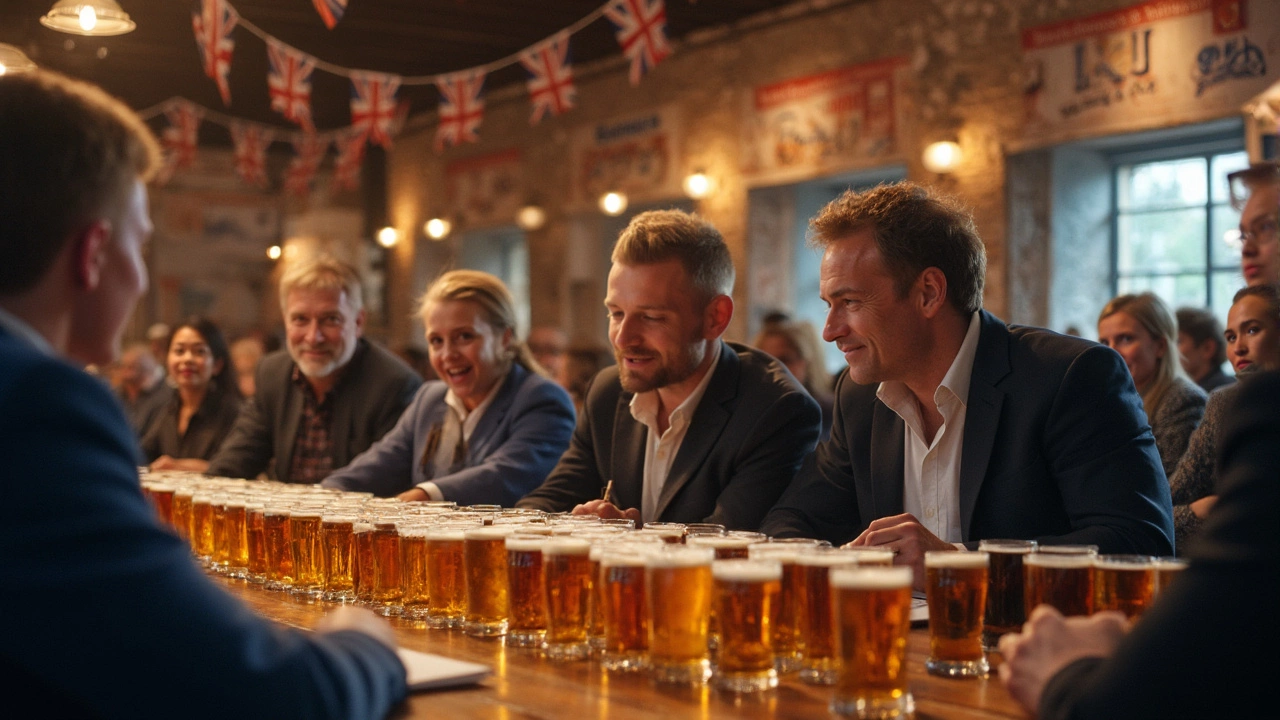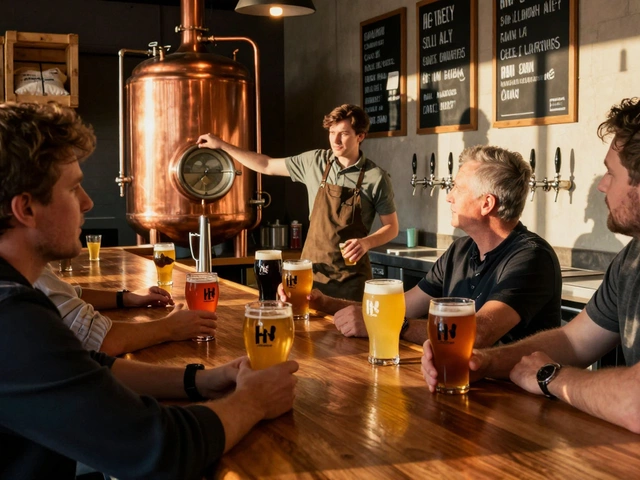Beer Awards: What They Mean and Which Brews Win
If you’ve ever stared at a bottle that bragged about a gold medal, you’ve probably wondered if the hype is real. Beer awards aren’t just marketing fluff – they’re a way for brewers, judges, and fans to single out the most impressive drinks on the planet. Knowing how they work helps you avoid the hype and actually find a beer worth your time.
How Beer Awards Are Judged
Most big competitions, like the World Beer Cup, European Beer Star, and the Great American Beer Festival, use blind tasting panels. Judges score beers on aroma, flavor, appearance, mouthfeel, and overall balance. Each category – think IPAs, stouts, lagers – gets its own set of medals, so a stout isn’t directly compared to a pilsner.
Scores usually range from 0 to 100, and a beer needs to hit 80+ to earn a medal. Some contests also award Best of Show, which means the beer was the top pick across all categories. The criteria are strict, so a gold medal usually means the brew has nailed the style guidelines and offers something extra, like a unique hop character or a flawless finish.
Don’t forget regional awards, too. Local festivals often have their own panels, and winning a regional title can be a stepping stone to national recognition. These smaller awards are great for discovering hidden gems in your area that haven’t hit the global stage yet.
Must‑Try Award‑Winning Beers
Looking for a starter list? Here are a few beers that have consistently topped the charts:
- Westvleteren 12 (XII) – This Belgian quad often wins Best Belgian Beer at the World Beer Cup. It’s sweet, complex, and a little pricey, but the flavor depth is worth it.
- Heady Topper – An American double IPA from The Alchemist that snagged a gold at the Great American Beer Festival. Expect a massive hop punch and a hazy, juicy mouthfeel.
- Founders KBS (Kentucky Breakfast Stout) – This imperial stout has taken home multiple medals at the World Beer Awards. Brewed with coffee and bourbon barrels, it’s dark, rich, and perfect for dessert.
- Guinness Nitro – While the classic stout gets lots of love, the nitrogen‑infused version earned a gold in the stout category at the European Beer Star, thanks to its silky texture.
- Sierra Nevada Celebration – A limited‑edition amber ale that earned Best Amber Ale at the Great American Beer Festival. It’s balanced, slightly caramel, and easy to drink.
When you see a beer with a medal, check the label for the competition name and the year. Awards from reputable contests (World Beer Cup, GABS, European Beer Star) carry more weight than obscure local ribbons.
Another tip: use award info alongside other cues like ABV, hop varieties, and brew dates. A gold‑medaled beer that’s been sitting on the shelf for a year might not shine as much as a fresh, well‑rated release.
Bottom line: beer awards can be a reliable shortcut to quality, but they’re only part of the story. Combine them with your own taste preferences, and you’ll end up with a cooler beer cabinet and fewer “meh” bottles.
Ever wondered which beer competition tops them all? The World Beer Cup is the largest and most influential beer competition on the planet. Thousands of brewers from dozens of countries send in their best to fight for the gold. This article dives into how the competition works, why it matters, and how you can get involved. If you love beer festivals or want to know how the best beers are picked, this guide covers it all.
View Details

